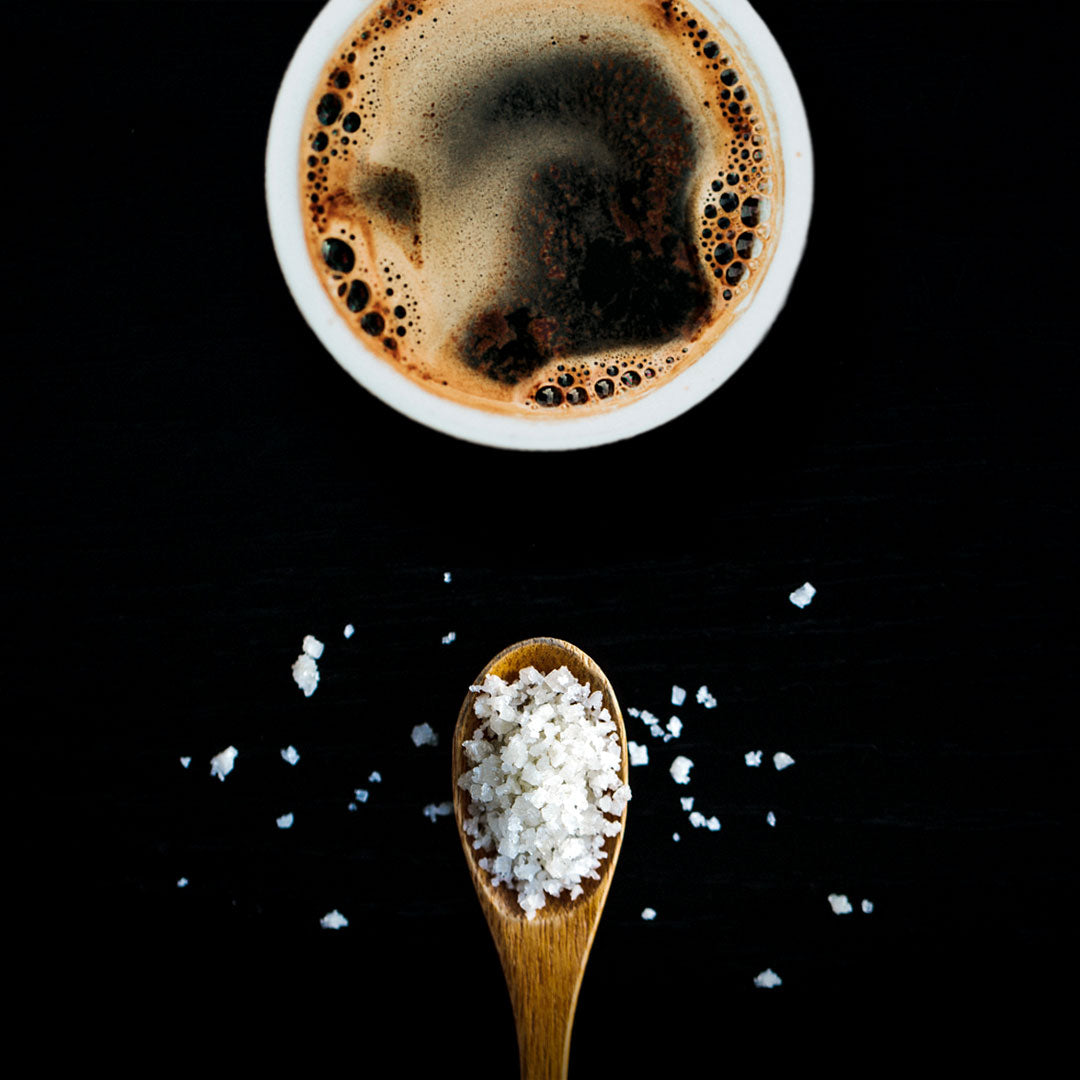Coffee Drinks from Around the World - Africa

Africa: The Birthplace of Coffee
A lot of people may be surprised to learn that Africa is actually the birthplace of coffee. This is likely because compared to European and South American countries, coffee is generally consumed on a smaller scale by African locals. However, with 13% of the world’s coffee production taking place in Africa, the continent is seeing a surge in the number of people developing a passion for coffee.
As the traditional home of coffee, you can bet that there are some amazing regional coffee drinks that you just have to try for yourself! So, even if you can’t get on a plane right now and head to Africa, we’re putting a list together of Africa’s big 4 coffee drinks so you can go on an African coffee safari right from the comfort of your own home!
1. Kahawa Chungu
Usually consumed in coastal areas of Africa such as Mombasa, Malindi, and Lamu, kahawa chungu is a drink that is aromatic but also packs a punch. Translating roughly as bitter coffee, kahawa chungu gets its bite from the ginger and other spices that are used to brew it. As a palate cleanser after drinking, kahawa chungu is usually served alongside sweet dates.
How to Make It:
Traditionally, kahawa chungu was made in brass teapots, similar to ones used in Arabic coffee culture, and is brewed over hot charcoals. However, for the purposes of this recipe, you can use a simple stovetop and household pot to get your coffee going.
Start by adding 2 cups of water into a pot. Next, add in 1 teaspoon of roughly chopped ginger, 1 teaspoon of cinnamon powder, and 2 tablespoons of strong ground-up coffee. Let the ingredients simmer together until the water turns a dark color.
Sieve the ingredients and drink hot. If you do not have any dates to complement your coffee, enjoy your drink with any sweet pairing of your choice.
2. Bunna
Bunna is actually more a type of coffee ceremony than a drink recipe, but there are certain steps that need to be followed if you want to enjoy Bunna the traditional way. Stemming from Ethiopia, the actual geographic origin of the coffee plant, this coffee-brewing ceremony is often performed at home or in restaurants after large meals. It involves coffee beans being roasted indoors so that patrons can enjoy a rich, heady coffee aroma. Three cups of progressively-weaker coffee are then served using the same roasted coffee beans.
How to Make It:
You’ll first need to get your hands on some green coffee beans (unroasted coffee) since the traditional way of making Bunna requires that the beans are roasted on the spot. Once you’ve managed to procure some unroasted beans, wash them thoroughly before moving on to the next step.
Begin roasting your beans in a saucepan over low-medium heat, giving the beans time to turn from green to a caramel tone, and finally, dark brown. Pass the roasted beans around and let your guests breathe in the aroma. This is an important traditional aspect of the Bunna ceremony.
Next, get your trusty grinder and ensure your roasted beans are ground down nice and fine. In Ethiopia, the coffee is brewed in a special clay pot called a jebena. If you don’t have a clay pot, an alternative method, such as a Moka Pot, can be used. Use one tablespoon of coffee grounds per cup of water. If it’s not strong enough, you can use more coffee grounds next time.
3. Mazagran
Mazagran is a wonderful spin on traditional coffee that originated in Algeria. The drink is made by pouring strong, hot coffee over ice. Over time, variations of Mazagran have emerged with the addition of lemon or sugar syrup. An old legend says that the name Mazagran was the name of an old Algerian fortress where French colonial soldiers used to make an improvised version of iced coffee to beat the hot summer heat when brandy and milk were not available.
How to Make It:
Start by extracting a strong shot of espresso and then brewing a cup of coffee. If you want your drink a bit sweeter, you can add in some honey to your cup of coffee.
Wait for your coffee to cool slightly before pouring it into a tall glass of ice.
Finally, squeeze in a tablespoon lemon juice and enjoy a truly refreshing beverage that’s perfect for hot days! If you prefer your drink sweeter, you can add half a tablespoon of lemon juice, and if you enjoy that sour kick, add more according to your taste! You could also forego the lemon entirely if you want to experience mazagran in its oldest, most-traditional form.
4. Café Touba
Café Touba is steeped not only in amazing flavor but also in deep-rooted history. This drink first appeared more than 100 years ago in the Senegalese city of Touba, where it is still a popular drink to this day! Said to have been created by Islamic spiritual leader Cheikh Amadou Bamba Mbacké, the drink was popularized in 1902, after he returned to Touba from exile imposed by French colonialists at the time.
How to Make It:
Start by roasting 100 grams of robusta coffee beans in a pan along with 10 grams of cloves and 10 grams of guinea pepper (djar). If you do not have any djar on hand, just use the beans and cloves. Roast the ingredients on low-medium heat until they attain a dark brown coloration.
Wait for the roasted ingredients to cool before grinding them up into a fine powder. Next, boil 800ml (28oz) of water and place 4 tablespoons of your coffee powder into a filter over a pot. Pour the boiling water through the filter, and repeat the process 2-3 times so that the coffee gets nice and dark.
Add sugar according to your own taste and enjoy!
Light Up Your Senses with a Coffee Safari
Now that you know how to make four amazing traditional African coffee beverages, you can take your taste buds on a flavorful safari and bring your friends along for the ride, too! Most of these recipes are quick, simple, and can be made in the comfort of your own home. Remember, if you are unable to find any of the specific, regional ingredients, still improvise and give these recipes a try so you can get a feel for the wonderful coffee flavors of Africa!






